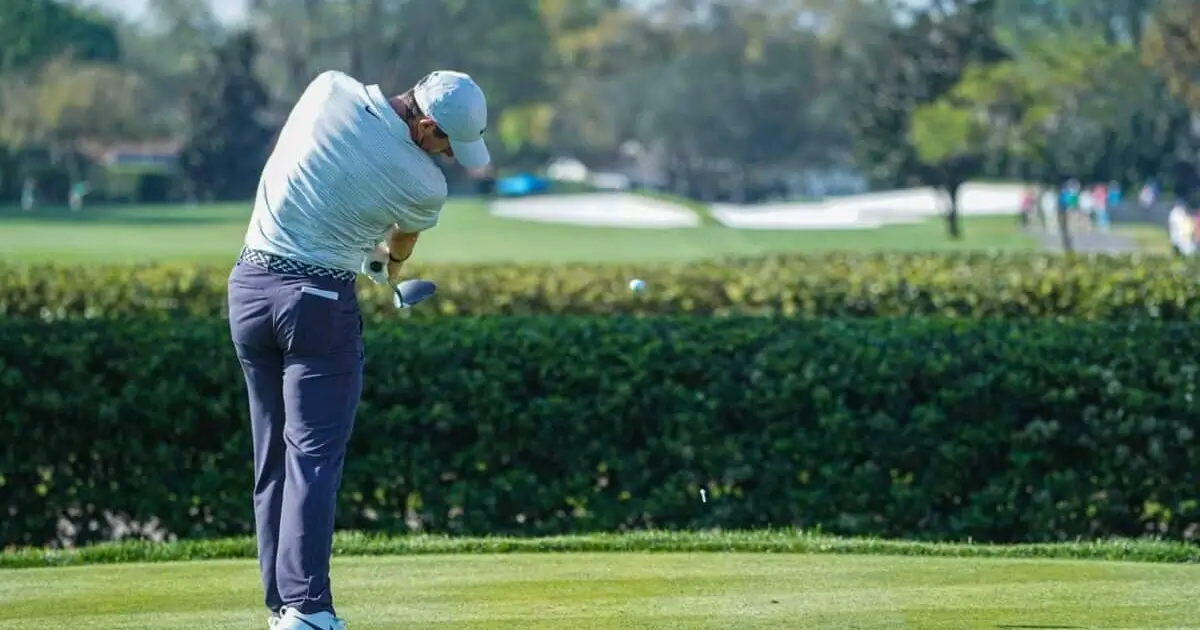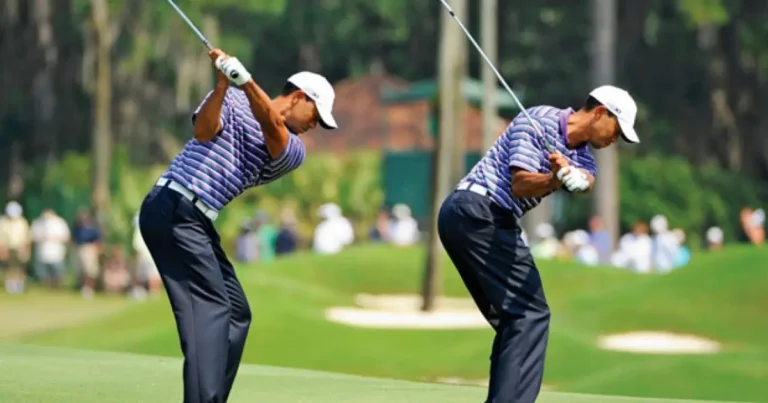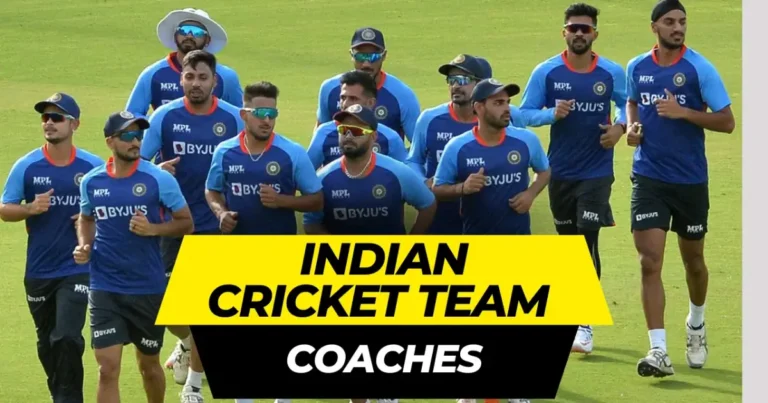Average Ball Speed of Top Golfers: Discovering the Secrets
Understanding the complexities of ball speed is critical for both amateur and professional golfers looking to improve their performance on the course. Professional golfers’ average ball speed are fascinating and frequently pique the interest of fans and aspiring players. By delving into the numbers and analyzing the variables that influence this metric, we can gain valuable insights into the mechanics and dynamics of professional golf.
What is Ball Speed in Golf?
Ball speed is the initial velocity with which the golf ball travels immediately after being struck by the club head. This measurement, usually expressed in miles per hour (mph) or kilometers per hour (km/h), directly reflects the energy transfer from the club to the ball during impact. A professional golfer’s ball speed has a significant impact on many aspects of their game, including distance, accuracy, and overall performance.
Why is ball speed important for professional golfers?
Professional golfers strive to increase their ball speed for a variety of reasons. Higher ball speeds typically result in longer distances, which can provide a competitive advantage on the course. Furthermore, consistent and optimal ball speeds help to improve control and shot shaping, allowing golfers to execute their desired shots with greater precision. Professionals can reach new heights in their games by understanding and fine-tuning their ball speed.
Club Head Speed
Club head speed is one of the most important factors influencing ball speed. Professional golfers have remarkable swing mechanics that generate incredible club head speed, which can often exceed 120 mph for drivers. This explosive speed is achieved by combining technique, strength, and flexibility. Professionals can increase their club head speed and thus their ball speed by optimizing their swing mechanics and utilizing advanced training methods.
Smash Factor and Efficient Energy Transfer
The smash factor measures the efficiency with which energy is transferred from the clubhead to the ball during impact. A higher smash factor indicates a more efficient transfer, which increases ball speed. Professional golfers meticulously fine-tune their swing mechanics, equipment, and impact conditions to achieve optimal smash factors, which result in maximum energy transfer and, ultimately, higher ball speeds.
Equipment and Technology
Golf equipment and technology have evolved significantly, allowing professional golfers to improve their ball speed. Modern drivers, shafts, and golf balls are designed to maximize energy transfer and improve launch conditions, resulting in faster ball speeds. Professionals collaborate closely with equipment manufacturers and fitters to fine-tune their gear and squeeze out every last ounce of performance.
PGA Tour Average Ball Speed
According to PGA Tour data, professional golfers’ average ball speed with their drivers ranges between 165 and 180 mph. The top players consistently hit the ball at speeds greater than 175 mph, with some exceptional athletes reaching 190 mph. These staggering numbers highlight professional golfers’ incredible skill and power at the highest level of the game.
LPGA Tour Average Ball Speed
The average ball speed on the LPGA Tour, which features the world’s best female professional golfers, is understandably lower than that of their male counterparts due to physiological differences. However, the top LPGA players can still generate impressive ball speeds with their drivers, which typically range between 150 and 165 mph. These athletes demonstrate incredible skill and power, pushing the limits of what was previously thought possible in women’s golf.
Factors Affecting Individual Ball Speed Variations
While averages provide a general understanding, it’s important to remember that individual ball speeds can vary greatly among professional golfers. Physical attributes, swing mechanics, equipment specifications, and personal preferences all play a role in these variations. Some golfers may prioritize accuracy over raw distance, whereas others may take a more aggressive approach, sacrificing control for faster ball speeds.
Conclusion
Understanding professional golfers’ average ball speeds is a fascinating exploration that reveals the game’s intricate dynamics and mechanics at the highest level. By delving into the numbers and analyzing the factors that influence this metric, we gain a better understanding of the skill, power, and precision required to succeed in professional golf.
As technology advances and training methodologies evolve, we can anticipate even faster ball speeds from future generations of professional golfers. However, it is important to remember that ball speed is only one aspect of the game. And true mastery is achieved through a harmonious combination of distance, accuracy, and course management.
Studying professional ball speed can be inspiring and motivating for both aspiring golfers and enthusiasts. Understanding the principles of optimal ball speed allows players to improve their techniques, use advanced equipment. And strive to reach their full potential on the course.







